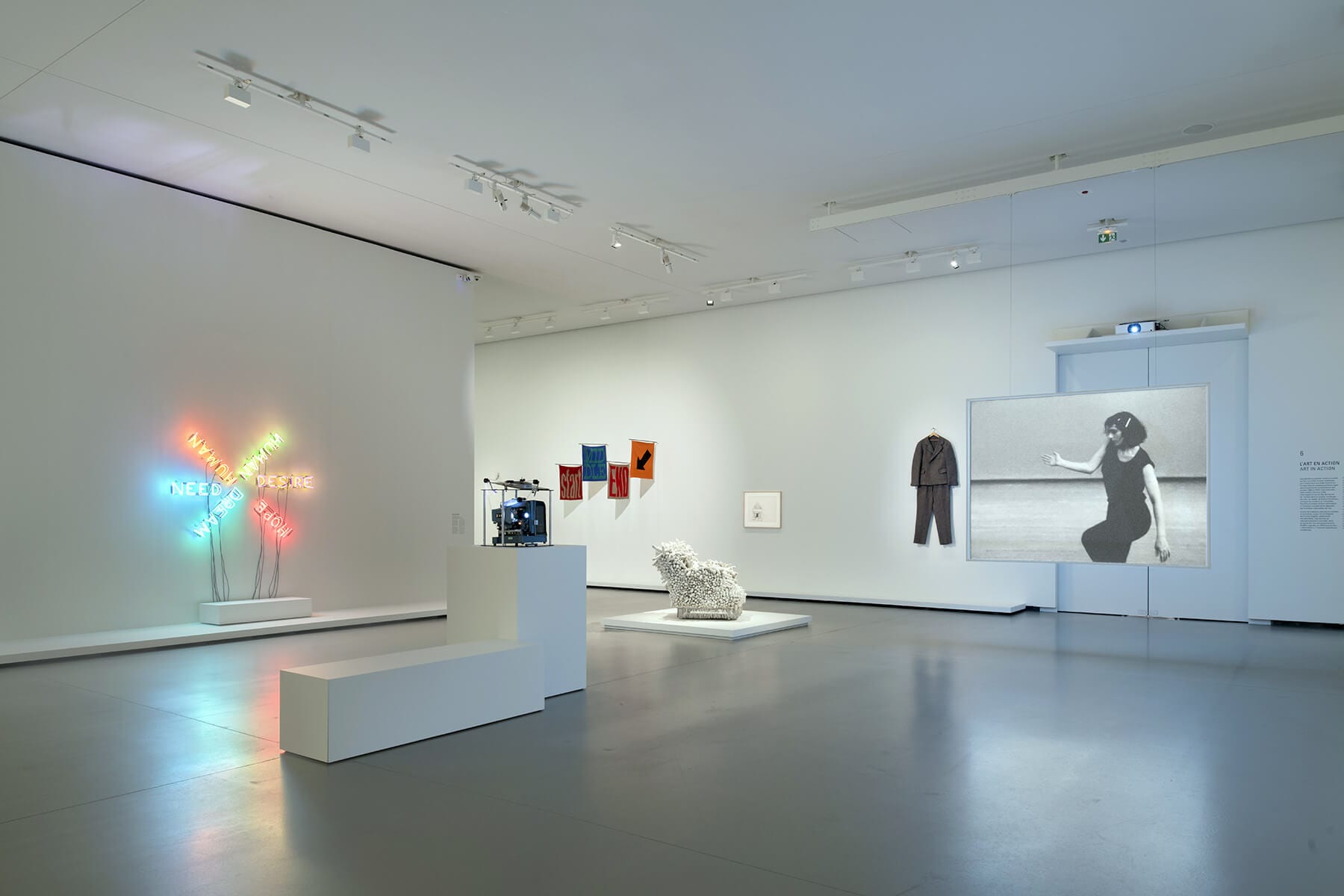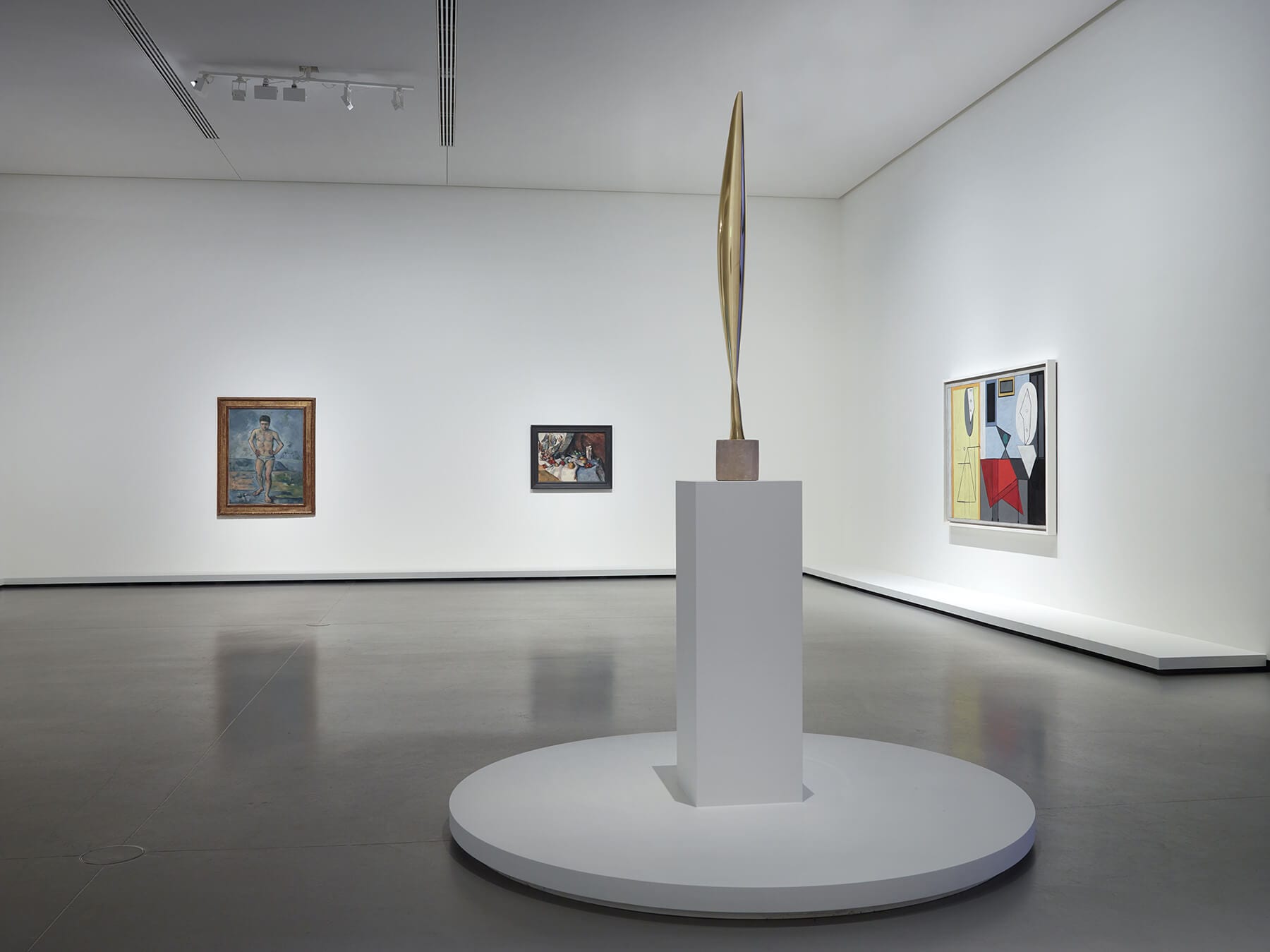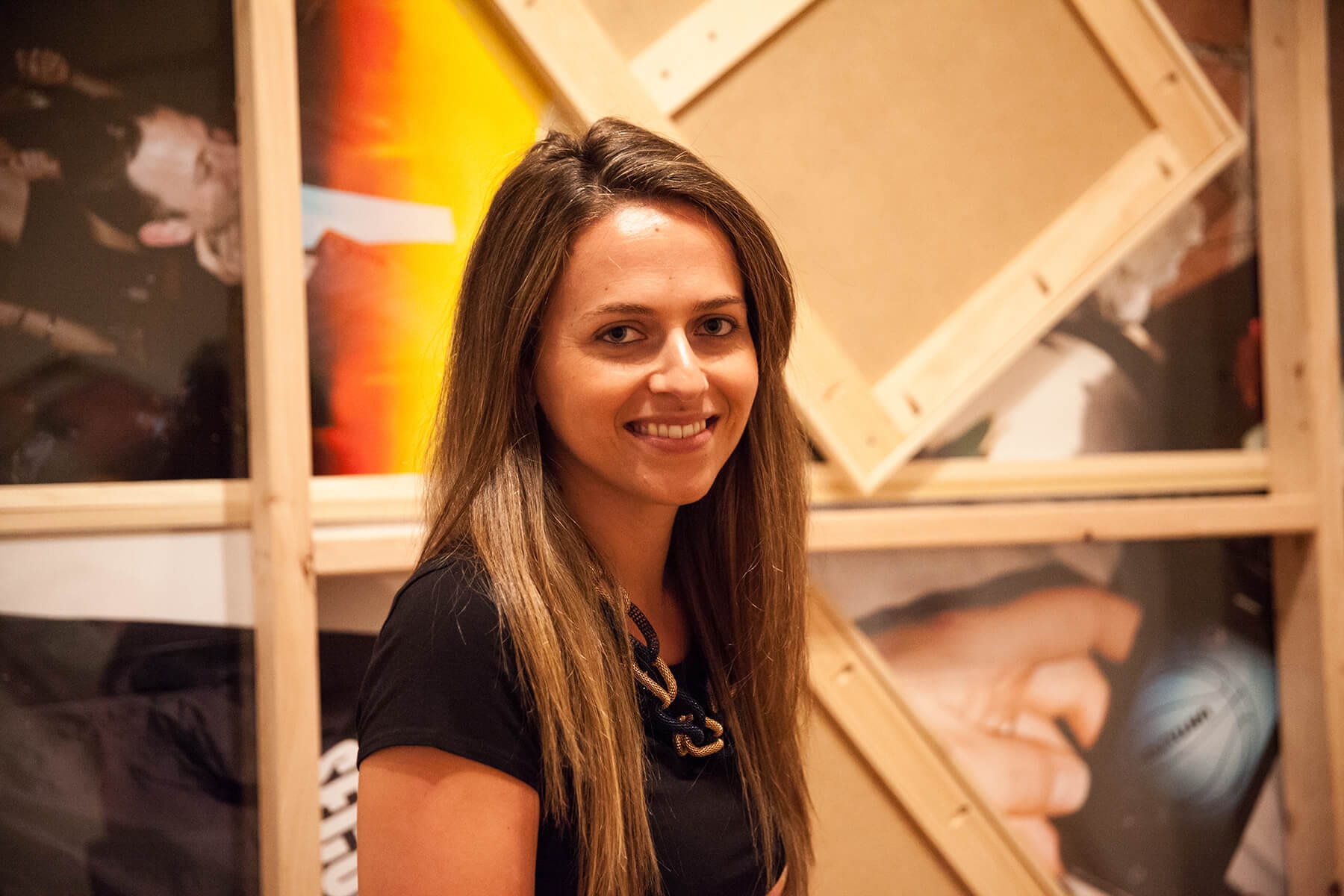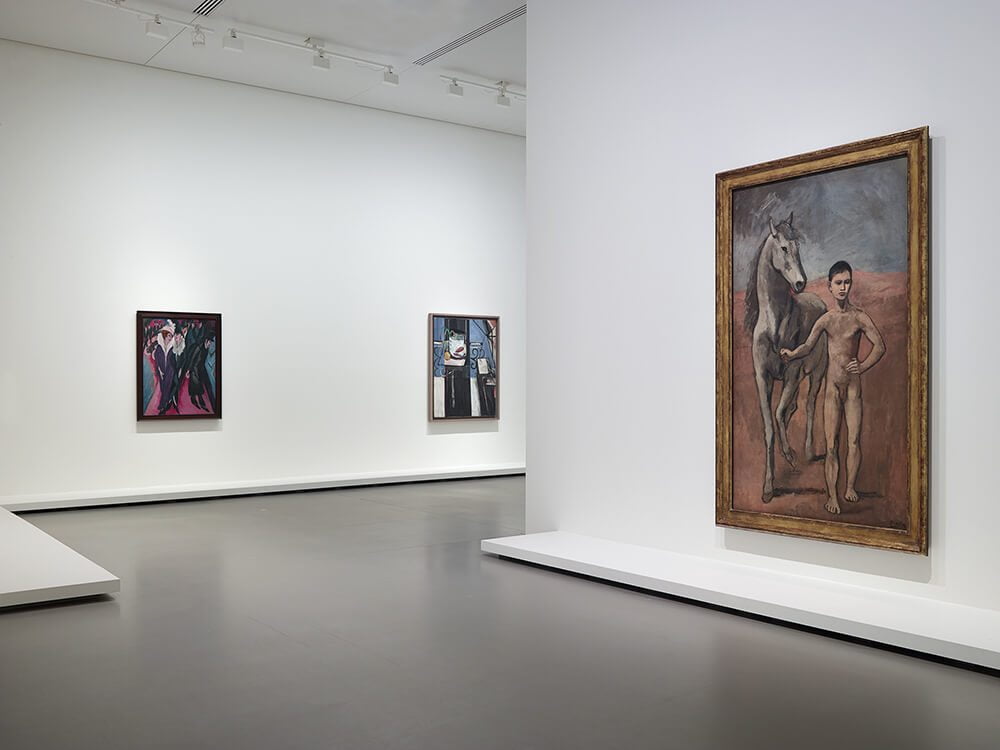INSIGHT
Working as a Curator
BY KATERINA STATHOPOULOU
Installation view of “Etre Moderne: The MoMA in Paris” running 11 October 2017 to 5 March 208 at La Fondation Louis Vuitton
Katerina Stathopoulou on curating photography for the Museum of Modern Art (MoMA)
Katerina Stathopoulou is a curator at the Museum of Modern Art (MoMA), having previously worked for both the International Center of Photography (ICP). With a focus on contemporary photography, she curates MoMA’s challenging and varied collection of renowned artwork, and here she describes just what that entails, why she loves it and how she broke into the art world…
What I most enjoy about curating is that you can work on a project from A-Z – from coming up with the initial concept of an exhibition through determining the final display. You see your project evolve and come to fruition which is very fulfilling.
It’s tough trying to keep up with everything that’s going on. The sheer number of exhibitions, artists and literature on art can be overwhelming. We need to remind ourselves to take a step back and process what we see and experience and really think about the art we encounter.
What some might not realize is that day-to-day curators spend a lot of time on the computer – corresponding, coordinating, researching and writing. The most exciting aspect for me is the actual installation process of an exhibition, when months – and in some cases years – of research and planning culminate into an exhibition.

Installation view of “Etre Moderne: The MoMA in Paris” at La Fondation Louis Vuitton
I try to visit as many exhibitions as well as artists’ studios possible to view photography and other forms of art. Art fairs, biennials and festivals are an efficient way to experience art. In recent years I’ve been fortunate enough to take a number of grant-funded research trips to countries such as South Africa, Hong Kong and Germany in order to explore the art scenes there and meet with artists which has been a very rewarding experience.
Most recently I worked on Etre modern: Le MoMA à Paris at the Fondation Louis Vuitton in Paris – the largest and most cross-disciplinary exhibition MoMA has organised off-site, occupying the complete Frank Gehry-designed building of the Fondation, around 40,0000 square feet. The show brings together paintings, sculptures, drawings, prints, photographs, films, media works, performances, and architecture and design objects from MoMA’s collection. From iconic works by Cézanne, Picasso and Brancusi to contemporary works by Shigetaka Kurita who designed the first set of emoji, Etre modern exemplifies how MoMA’s collection has shaped the public’s definition of modern art and continues to challenge our interpretation of it.
The driving question behind the exhibition is: what did it mean to be a museum of modern art in 1929, when the museum first opened, but also what does it mean today? What did MoMA collect in the 1930s, 40s, and 50s and what does it collect in 2017? In other words, what does being modern entail? MoMA Chief Curator of Photography Quentin Bajac, Curator of the Fondation Louis Vuitton Olivier Michelon and I worked for over a year on the checklist and the presentation of the works.

Installation view of “Etre Moderne: The MoMA in Paris” at La Fondation Louis Vuitton
We worked on both two-dimensional and three-dimensional models and collaborated closely with architects and exhibition designers on the display. There are a number of site-specific installations, by artists such as Janet Cardiff, Sol LeWitt, General Idea and Louise Lawler, so we worked closely with the artists and estates to determine the presentation in our exhibition space. The exhibition is co-organised by MoMA and Fondation Louis Vuitton, therefore architects, conservators, graphic designers, registrars and a multitude of other departments from both institutions contributed to the production of the exhibition.
There isn’t something specific that I can pinpoint in terms what makes an image stand out. Often it is an emotional reaction or sometimes it is an image that I can’t get out of my mind that I keep going back to further explore.
I would advise both photographers and curators to meet as many people in their field as possible. To talk openly about their ideas and their work. Opportunities emerge out of the relationships we build.

Katerina Stathopoulou
Katerina Stathopoulou was interviewed by Rachel Segal Hamilton – a culture writer specializing in photography, who has written for publications such as VICE, The Telegraph, Time Out, Sotheby’s Institute of Art, The Barbican/Guildhall, British Journal of Photography, Hoxton Mini Press, and The Royal Photographic Society Journal. Explore more of her writing at www.rachelsegalhamilton.com
